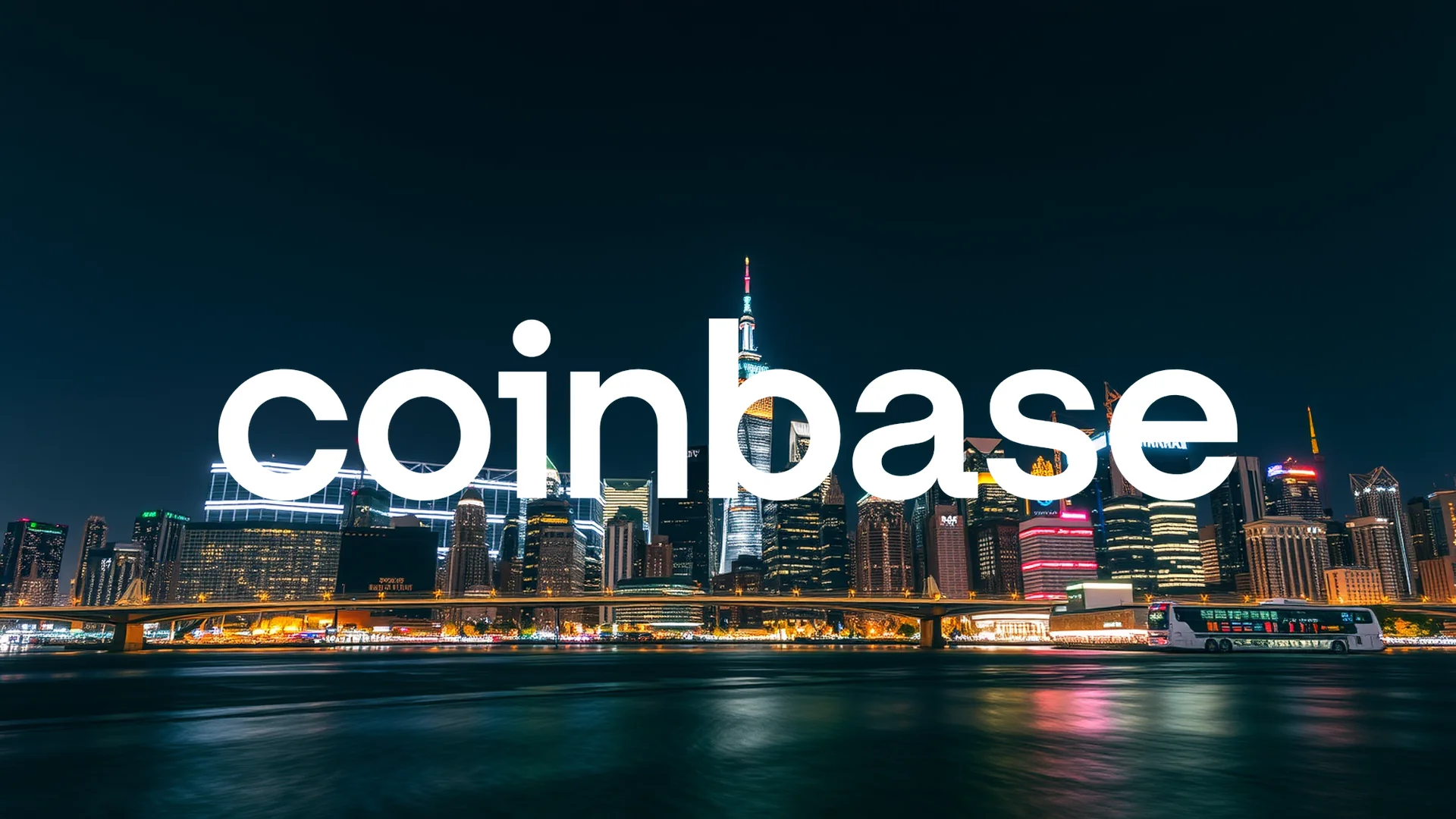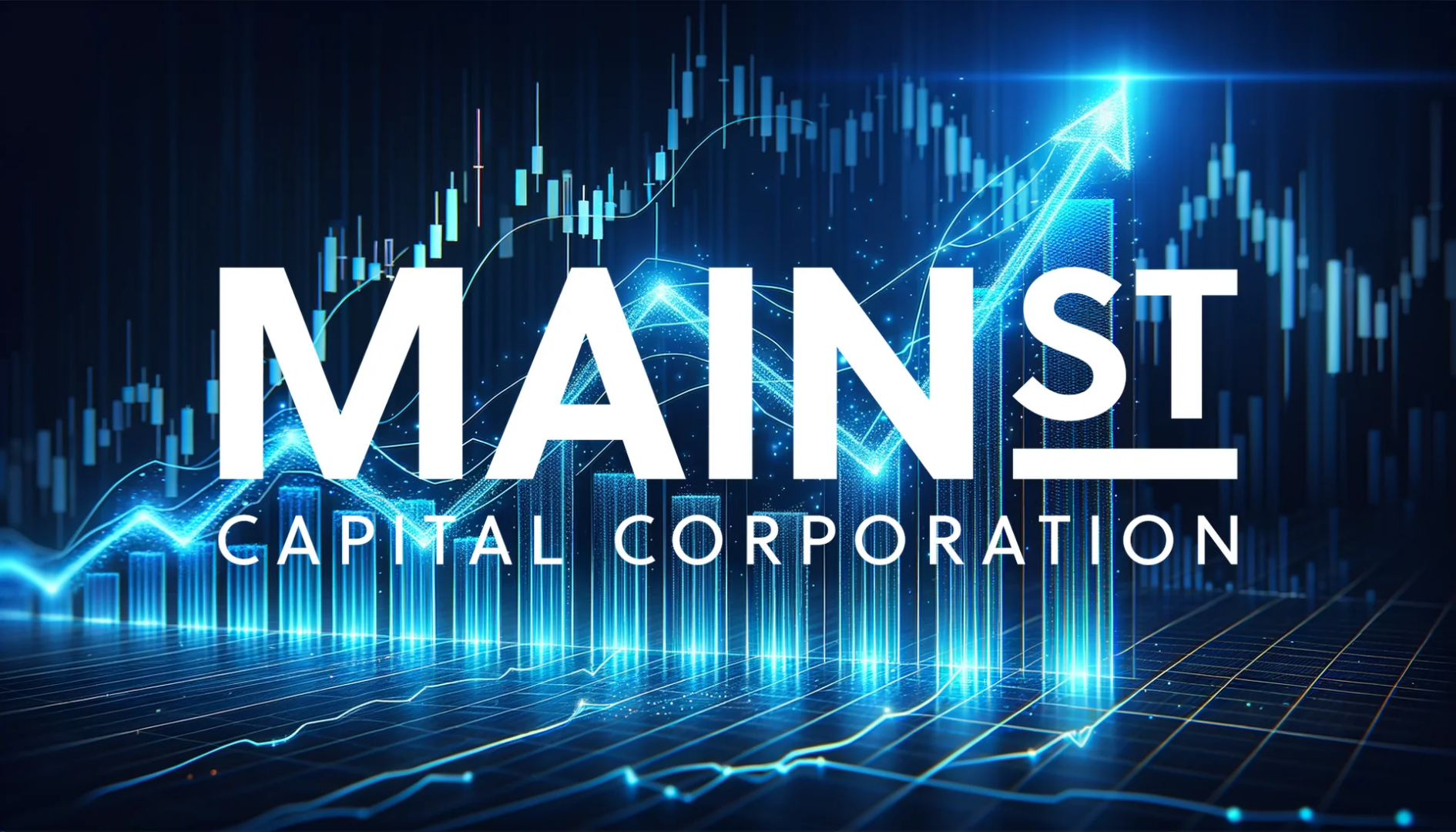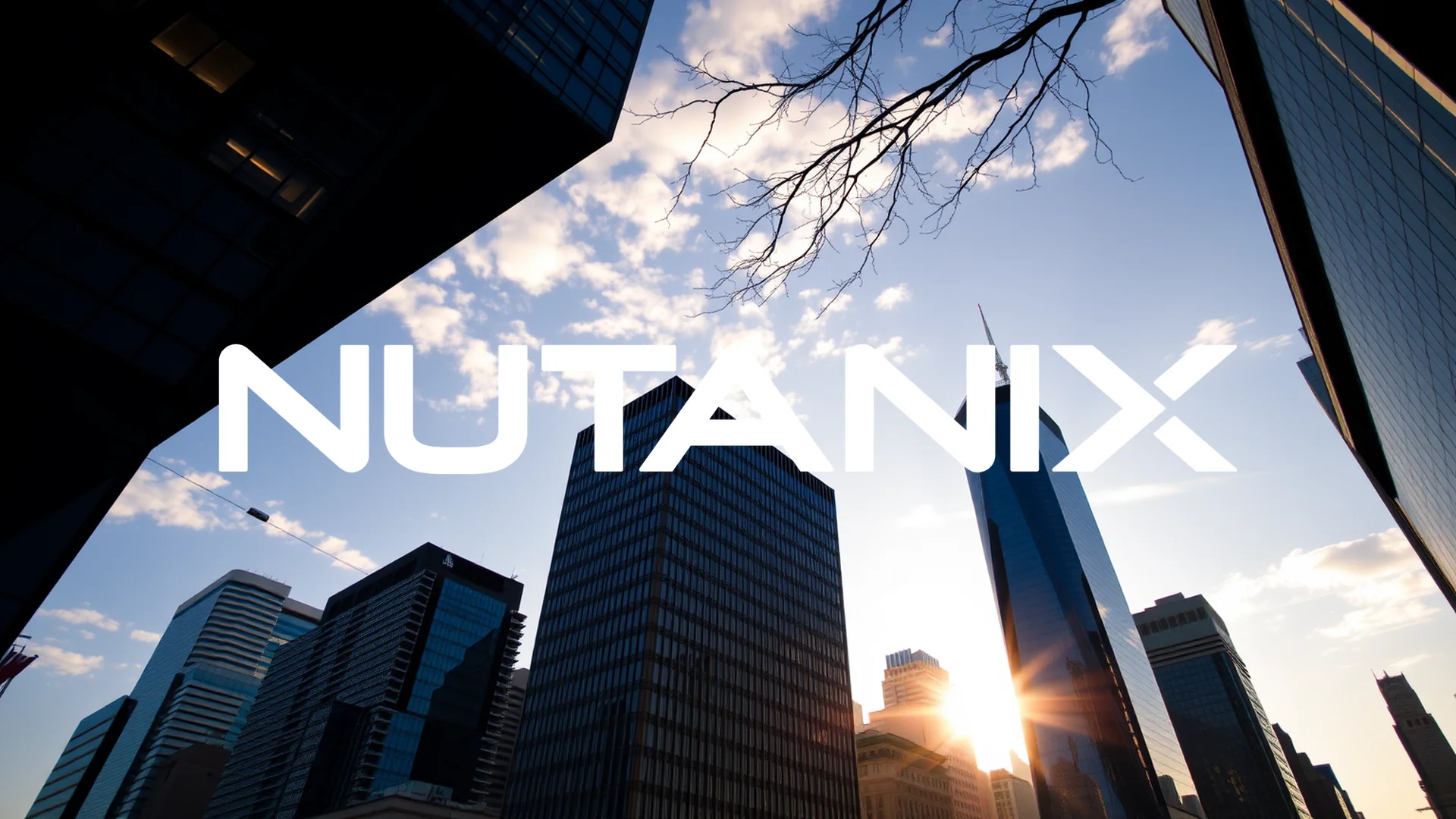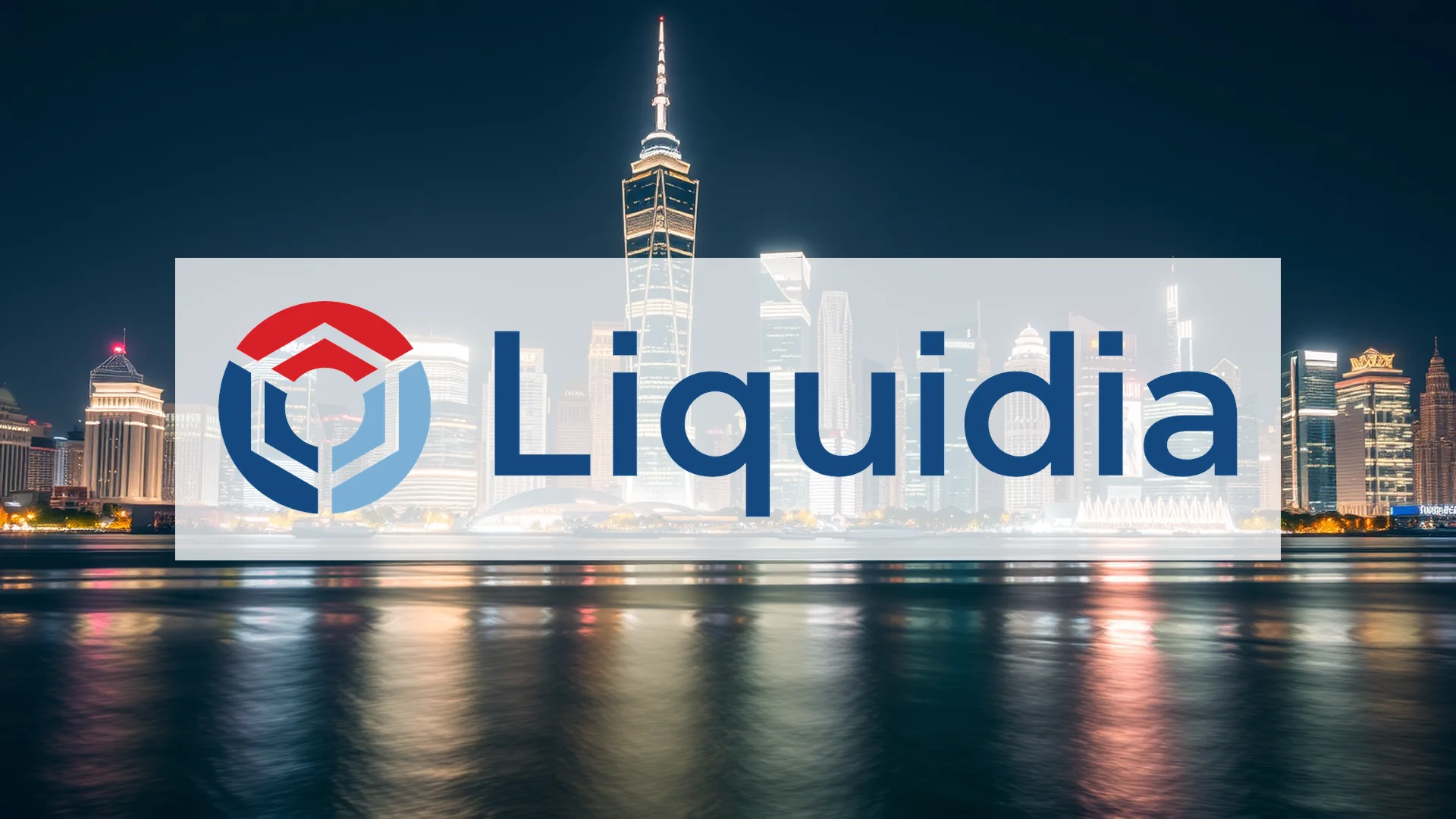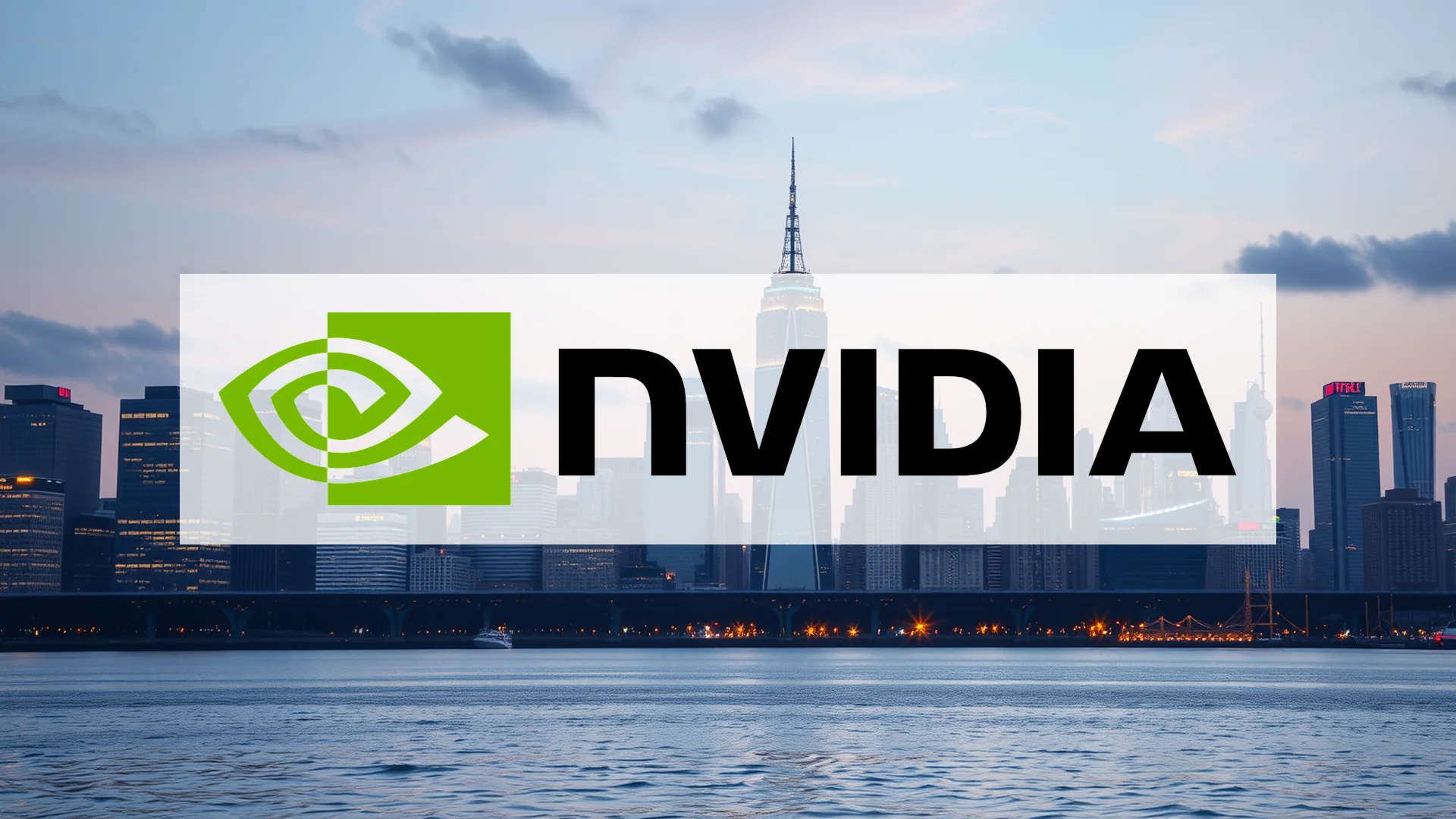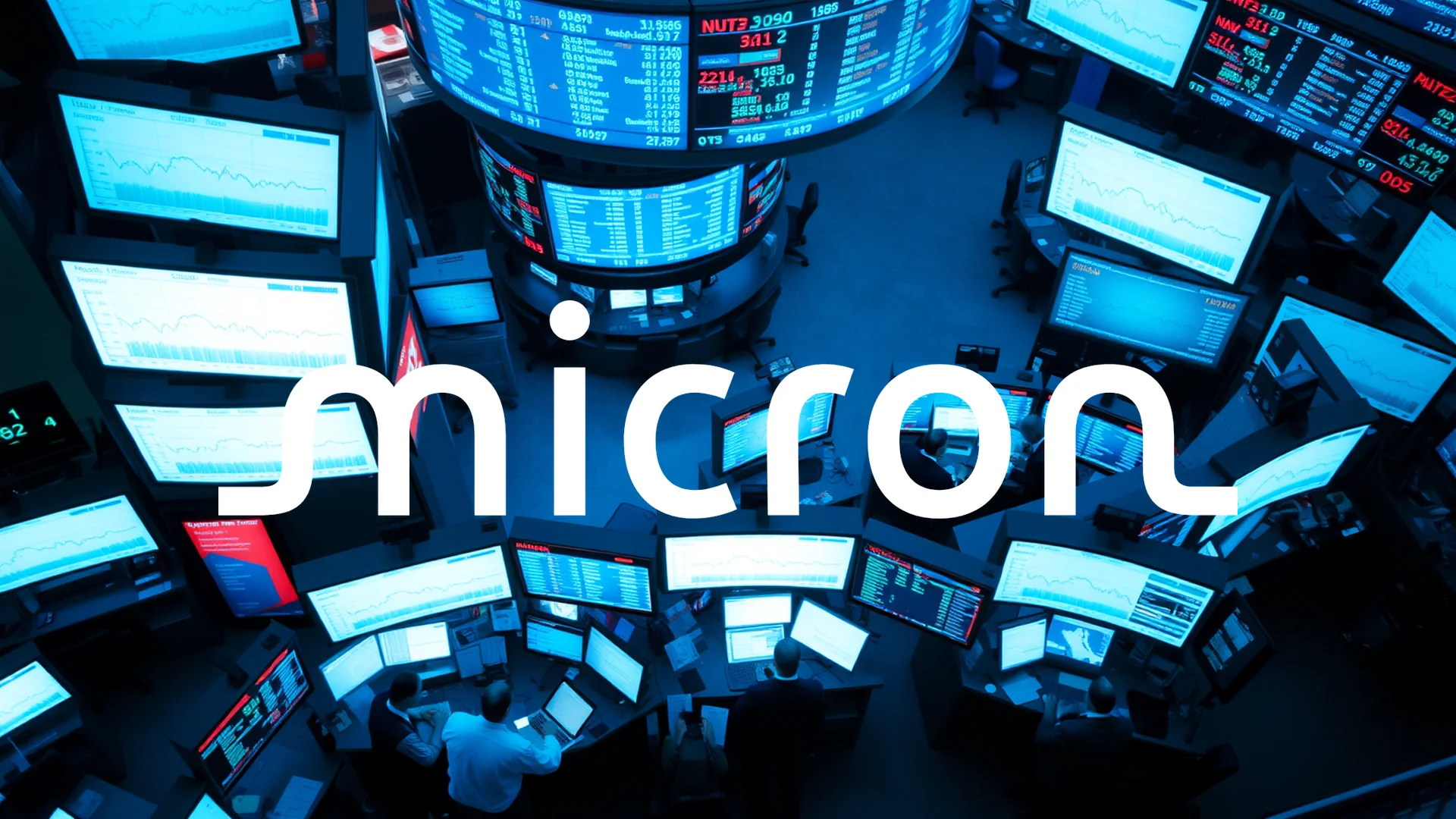The proposed sale of industrial conglomerate Hillenbrand to private equity firm Lone Star Funds has entered a decisive phase, though not all stakeholders appear satisfied with the current arrangement. While the $32 per share buyout offer represents substantial premium, mounting legal challenges and institutional investor positioning suggest the final chapters of this acquisition story remain unwritten.
Substantial Premium Fails to Quell Investor Concerns
Lone Star’s acquisition bid values Hillenbrand at approximately $3.8 billion and offers shareholders a 37% premium over the pre-announcement trading price. Despite this seemingly attractive proposition, several investors have filed lawsuits questioning whether this represents the optimal valuation achievable.
Legal challenges focus on potential economic risks and difficulties encountered during previous corporate acquisitions. These proceedings could potentially complicate the transaction’s timeline, which targets completion by the end of the first quarter in 2026.
Market Experts Maintain Cautious Stance
Financial analysts have generally adopted a reserved position toward the development. Most research firms maintain “hold” recommendations, considering the $32 acquisition price a reasonable valuation. This assessment aligns with the stock’s performance trajectory—despite recently outpacing the S&P 500, Hillenbrand shares have declined 17% over the past three years.
Institutional investors controlling nearly 90% of outstanding shares now face a strategic decision. Some funds, including ProShare Advisors, have actually increased their positions—raising questions about whether this signals confidence in the deal’s terms or represents tactical positioning.
Should investors sell immediately? Or is it worth buying Hillenbrand?
Financial Performance Presents Contrasting Narrative
Recent quarterly results highlighted the challenges confronting Hillenbrand:
– Revenue contracted by 24%
– Adjusted earnings per share declined 40%
– EBITDA fell 28%
Despite these disappointing figures, the company managed to slightly exceed analyst expectations. Hillenbrand’s current debt level, reflected in a debt-to-equity ratio of 1.23, exceeds target ranges, though planned debt reduction and available liquidity of $512 million provide financial flexibility.
Pivotal Week for Acquisition Timeline
Hillenbrand prepares to release its next quarterly report on Tuesday under unusual circumstances—without the customary conference call or financial guidance for 2026. This departure from standard practice underscores the transitional nature of the current situation, with the company effectively operating with one foot outside the public markets.
For investors, the central question persists: Will the $32 acquisition price withstand mounting pressure, or could legal challenges and institutional influence ultimately secure improved terms for shareholders?
Ad
Hillenbrand Stock: Buy or Sell?! New Hillenbrand Analysis from November 16 delivers the answer:
The latest Hillenbrand figures speak for themselves: Urgent action needed for Hillenbrand investors. Is it worth buying or should you sell? Find out what to do now in the current free analysis from November 16.
Hillenbrand: Buy or sell? Read more here...


